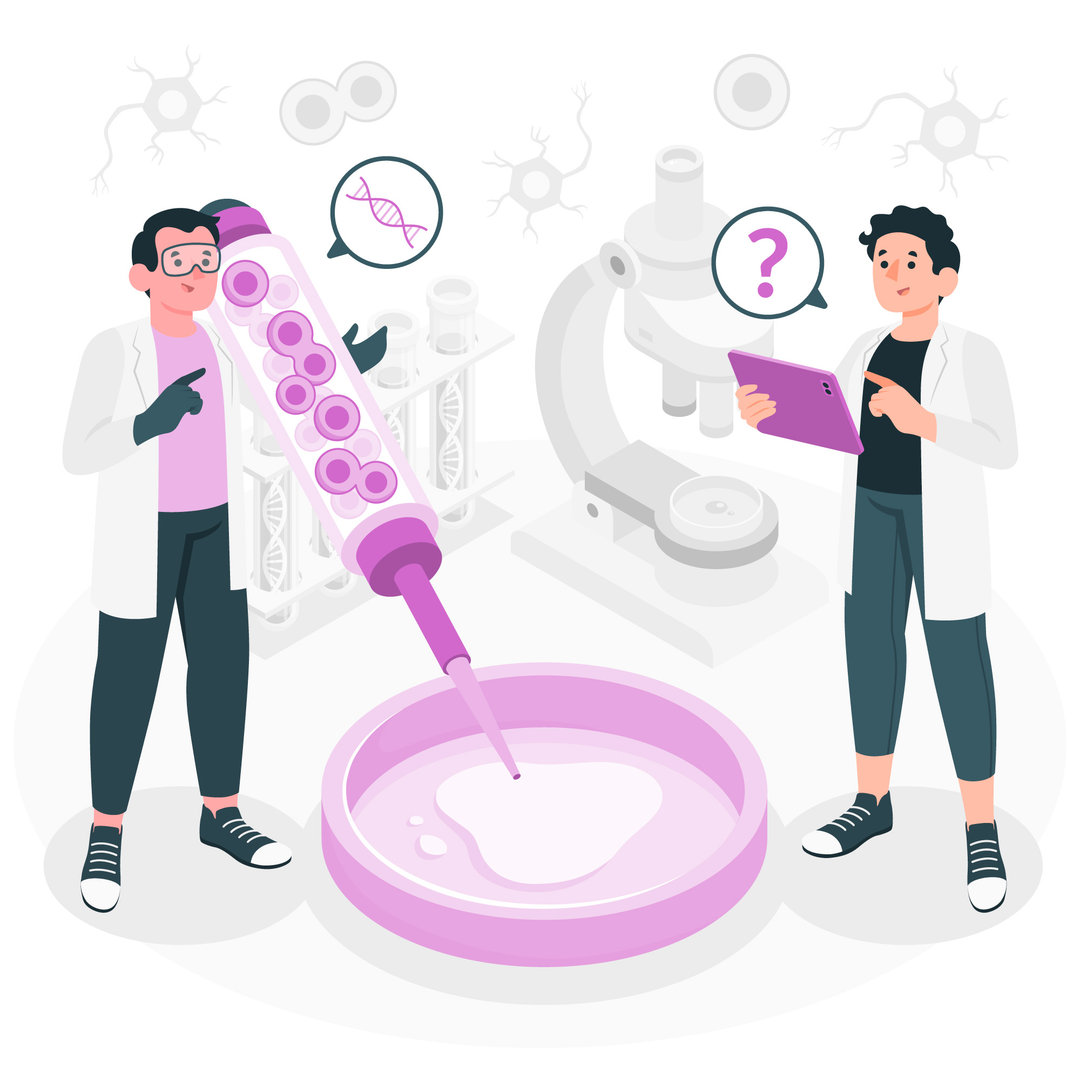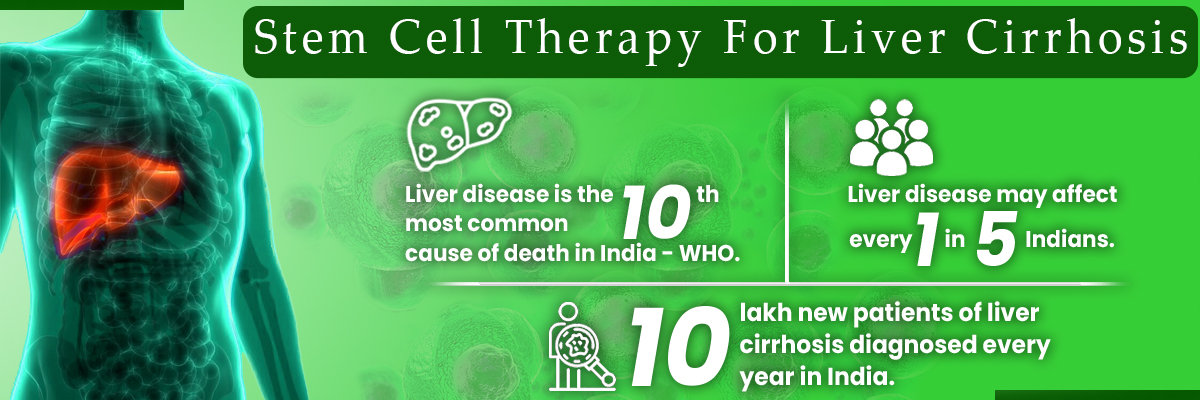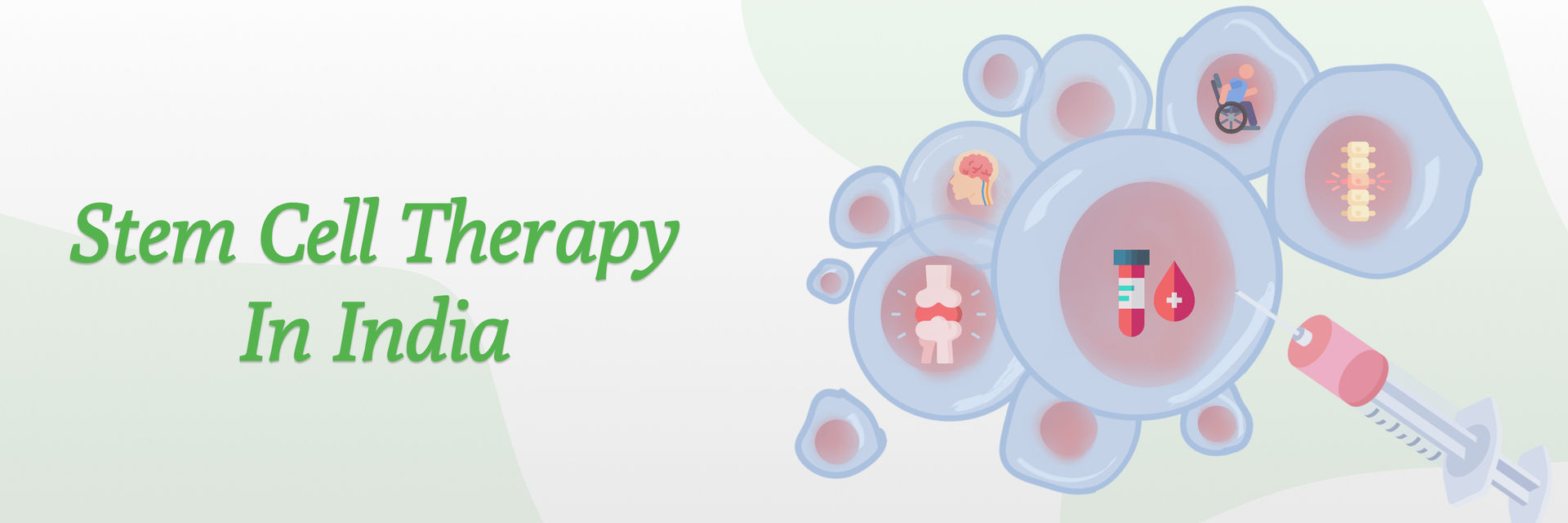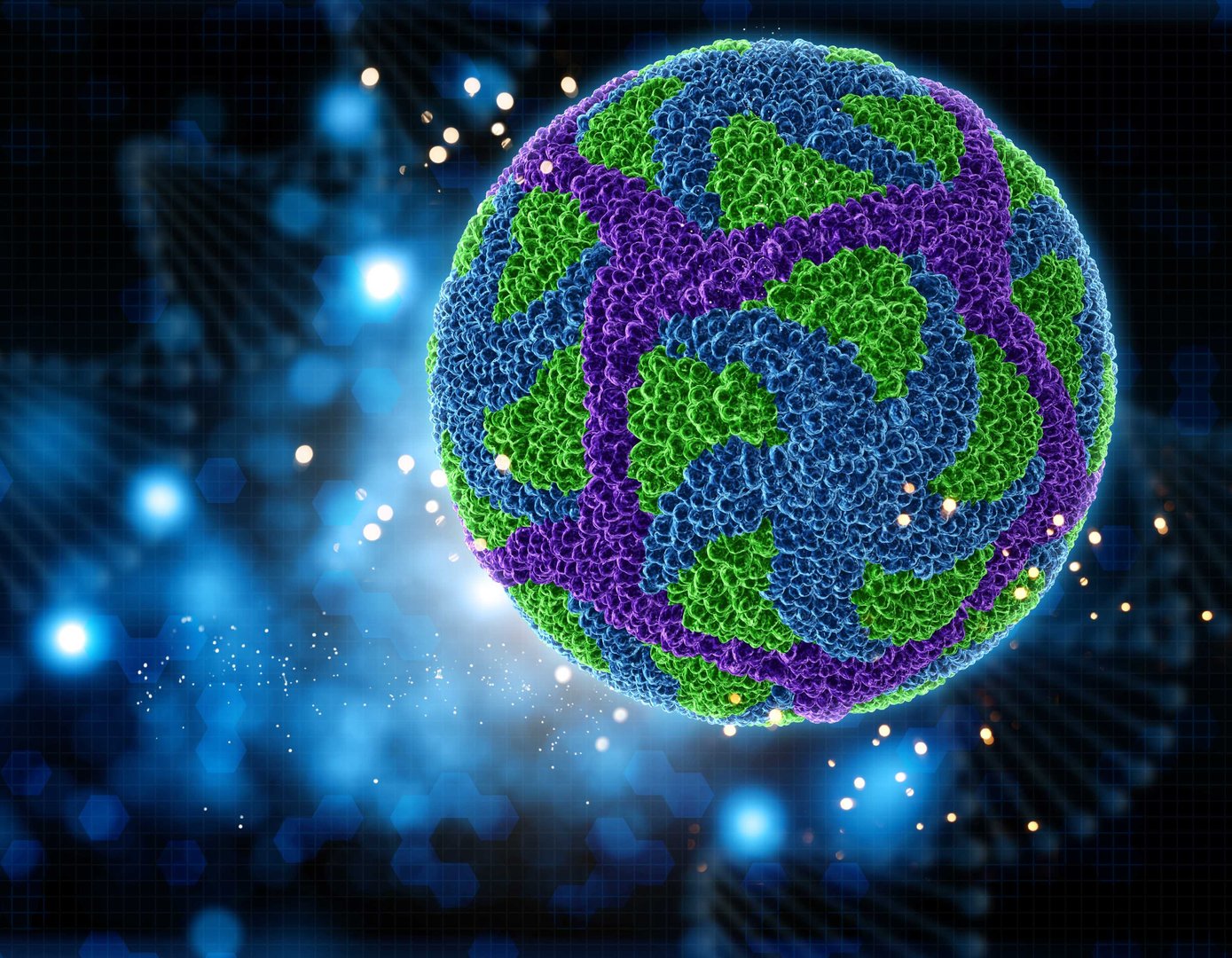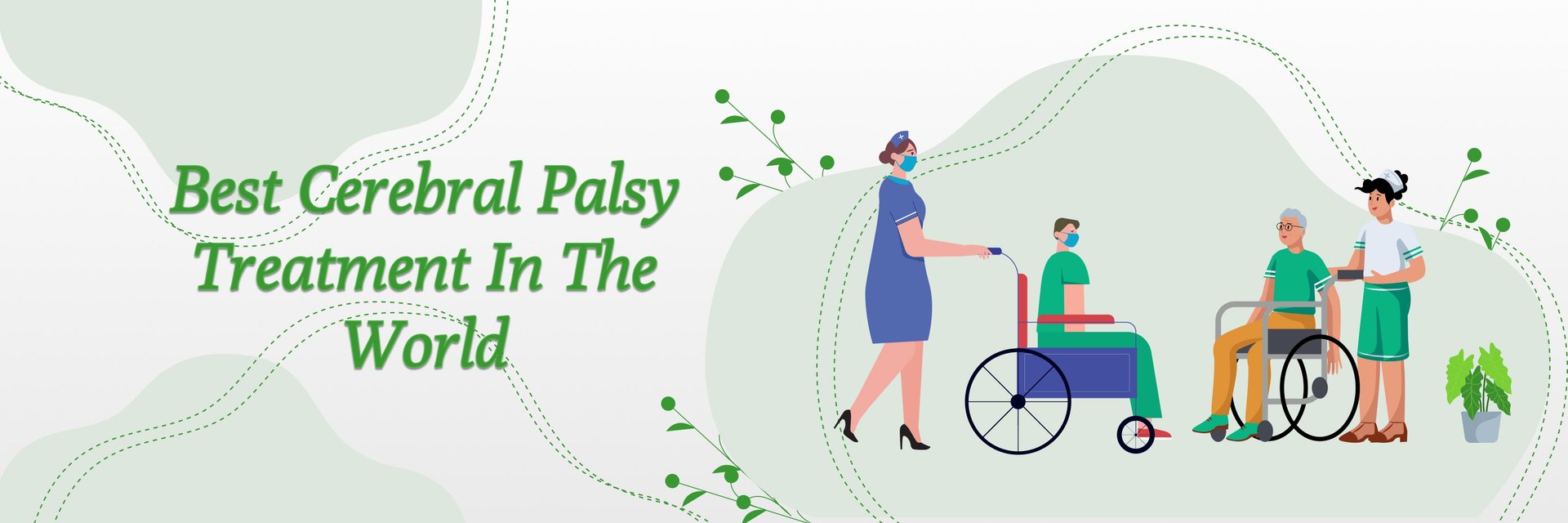Overview
Did you know brain cancer affects thousands of people globally each year? According to global estimates, approximately 308,000 new cases of brain and central nervous system (CNS) tumors are diagnosed annually. In the United States alone, the American Cancer Society predicts about 24,000 malignant tumors of the brain or spinal cord will be diagnosed in 2024.
Brain cancer is a complex and life-threatening condition, often presenting with limited treatment options. Traditional treatments such as surgery, radiation, and chemotherapy can be effective but are often accompanied by severe side effects and challenges. However, stem cell therapy for brain cancer is emerging as a revolutionary approach. By targeting brain tumors at the cellular level, stem cell treatment for brain tumors offers new hope for patients worldwide.
Dr. Pradeep Mahajan, founder of StemRx Bioscience Solutions and a pioneer in stem cell therapy for brain cancer, emphasizes the transformative potential of regenerative medicine. He believes that continued research and innovation in cancer stem cell therapy will be essential in overcoming the limitations of traditional methods and making advanced treatments more widely available.
If you or a loved one is seeking innovative, research-driven treatment options for brain cancer, don’t wait—explore the potential of stem cell therapy today. Get connected to schedule your consultation and take the first step toward a brighter, healthier future. Book online doctor consultation with top doctors in city in minutes.
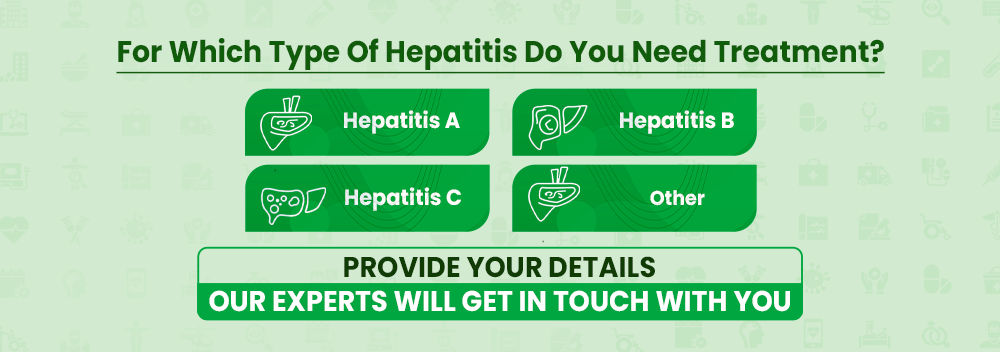
What is Brain Cancer?
Brain cancer refers to the abnormal and uncontrolled growth of malignant cells within the brain. These tumors can interfere with vital brain functions, leading to a range of serious symptoms.
Types of Brain Cancer:
- Gliomas: Arising from glial cells; includes astrocytomas, oligodendrogliomas, and glioblastomas.
- Meningiomas: Originating in the protective layers of the brain and spinal cord.
- Medulloblastomas: Typically found in children, developing in the cerebellum.
- Pituitary Adenomas: Affecting hormone production in the pituitary gland.
- Schwannomas: Arising from Schwann cells that affect nerves.
Common Symptoms:
1. Persistent Headaches
- Often indicates increased pressure in the brain, especially if worse in the morning.
- May signal serious conditions like brain tumors, meningitis, or intracranial bleeding.
2. Nausea or Vomiting
- Often accompanies increased intracranial pressure or migraines.
- Neurological origin suspected when no gastrointestinal cause is found.
3. Vision Problems
- Blurred or double vision can signal pressure on the optic nerve or brain.
- Loss of vision fields may be a sign of a brain tumor or stroke.
4. Balance and Coordination Issues
- May indicate cerebellar dysfunction or inner ear problems.
5. Speech Difficulties
- Often occurs after a stroke or in progressive diseases like ALS.
6. Cognitive or Personality Changes
- Includes memory loss, confusion, or mood swings.
- May be early signs of dementia, brain injury, or tumors.
Diagnosis:
- Neurological Exams: Assess motor, sensory, and reflex functions.
- Imaging (MRI/CT scans): Visualize brain structures and tumor presence.
- Biopsy: Confirms cancer type and grade.
- Other Tests: PET scans and angiograms may provide further insights.
Timely diagnosis and intervention are key to better outcomes. Enquire Now to speak with an expert and take the first step toward peace of mind and a healthier future.

Limitations of Current Brain Cancer Treatments:
Brain cancer remains one of the most difficult cancers to treat. Despite advancements, current therapies face major limitations that affect patient outcomes.
1. Surgical Challenges
Complete removal is often impossible due to tumor location near vital brain areas.
Risk of damaging healthy tissue limits surgical options.
2. Ineffective Drug Delivery
The blood-brain barrier prevents many chemotherapy drugs from reaching the tumor.
This reduces effectiveness and increases side effects.
3. Radiation Side Effects
Radiation therapy can damage healthy brain cells.
Long-term issues include memory loss and cognitive decline.
4. Tumor Recurrence
Brain tumors, especially glioblastoma, often return after treatment.
Many tumors develop resistance to chemotherapy and radiation.
5. Low Survival Rates
Standard treatments offer limited survival benefits.
Quality of life is often compromised due to harsh side effects.
Don’t let the limitations of current treatments hold you back - Visit Clinicspots to explore advanced therapies tailored to your needs. Take the first step toward a brighter, healthier future today.
What is Stem Cell Therapy ?
Stem cells are undifferentiated cells capable of developing into various specialized cells. In stem cell therapy for brain tumors, they are used in two main ways:
Direct Tumor Targeting: Stem cells can be engineered to deliver anti-cancer agents directly to tumor sites, bypassing the blood-brain barrier.
Regenerative Therapy: Stem cells help repair healthy tissue damaged by radiation or chemotherapy, aiding neurological recovery.
This innovative brain cancer stem cell treatment offers a more targeted, less invasive alternative to conventional methods.
Types of Stem Cells Used in Brain Cancer Treatment
Neural Stem Cells (NSCs): Found in the CNS; can be modified to deliver cancer-killing agents.
Mesenchymal Stem Cells (MSCs): Derived from bone marrow or fat; have tumor-homing capabilities.
Induced Pluripotent Stem Cells (iPSCs): Adult cells reprogrammed to an embryonic-like state; useful for personalized therapies.
How Does Stem Cell Therapy Works for Brain Cancer?
Stem cell therapy for brain cancer is an emerging treatment that uses the unique ability of stem cells to target and repair damaged brain tissue. These cells can cross the blood-brain barrier and home in on cancerous areas, delivering anti-cancer agents directly to the tumor.
Mechanism of Action:
- Targeting Cancer Cells: Engineered to deliver targeted therapies directly to cancer cells.
- Tumor Regression: Stimulate immune response to shrink tumors.
- Repairing Tissue: Promote healing in damaged areas of the brain.
Methods of Administration:
- Intravenous (IV) Injection: Delivered through bloodstream, traveling to the tumor site.
- Direct Injection: Administered directly into the brain for high local concentration.
If you're seeking innovative treatment options for brain cancer, stem cell therapy could offer new hope. Discover top hospitals in India offering stem cell therapy for brain cancer, where experienced specialists can guide you through personalized treatment options.
Clinical Evidence Supporting Stem Cell Therapy
Recent studies demonstrate the promise of brain tumor stem cell therapy:
- A 2019 study in Nature Communications showed that neural stem cells releasing anti-cancer proteins significantly reduced tumor size in mice.
- A University of California clinical trial reported improved survival rates for patients treated with mesenchymal stem cell therapy for brain cancer compared to standard therapies.
Benefits of Stem Cell Therapy for Brain Cancer:
Stem cell therapy offers a promising alternative for treating brain cancer by targeting tumors more precisely than traditional methods. Key benefits include:
- Targeted Treatment: Stem cells can home in on tumor sites, delivering drugs or therapeutic genes directly to cancer cells.
- Reduced Side Effects: Unlike chemotherapy and radiation, stem cell therapy minimizes damage to healthy brain tissue.
- Supports Brain Repair: Some stem cells promote healing and regeneration of damaged brain tissue.
- Potential Against Recurrence: Stem cell-based approaches may help prevent tumor regrowth in aggressive cancers like glioblastoma.
Risks and Ethical Considerations
Potential Side Effects:
- Immune rejection
- Formation of unintended tissue (tumorigenesis)
- Infections at the injection site
- Infertility in some female patients
Ethical and Regulatory Issues:
Ethical concerns about embryonic stem cells
Regulatory hurdles for FDA approval and global acceptance
Take Control of Your Brain Cancer Treatment - Consult with a leading brain cancer specialist in India to explore if stem cell therapy is right for you or your loved one.
The cost of stem cell therapy for brain cancer in India varies based on factors such as the type of therapy, hospital, and individual patient needs. Here's an overview:
Cost of Stem Cell therapy for Brain Cancer
The cost of stem cell therapy for brain cancer in India varies based on factors such as the type of therapy, hospital, and individual patient needs. Here's an overview:
Estimated Cost Range
- General Stem Cell Therapy: Approximately ₹15 lakhs to ₹25 lakhs ($18,000–$30,000 USD), depending on the type of transplant and associated medical expenses. HDFC Life+1TATA AIG Insurance+1
- Specific Treatments:
- Neurological Disorders (e.g., Parkinson’s, Stroke): $4,000 – $9,000 USD.
- Bone Marrow Transplant (for blood-related cancers): ₹8.6 lakhs to ₹20 lakhs ($12,000–$28,000 USD).
Conclusion
Stem cell therapy for brain cancer represents a cutting-edge advancement in oncology. With the potential to target tumors precisely, regenerate damaged brain tissue, and improve patient outcomes, this therapy is poised to revolutionize brain cancer treatment.
However, more research, clinical trials, and regulatory approvals are essential to make stem cell therapy for brain tumors a standard option. Patients considering this therapy should consult medical professionals to understand its benefits, risks, and suitability based on their unique condition.
References:
https://newsroom.ucla.edu/stories/treatment-strategy-reprograms-brain-cancer-cells-halting-tumor-growth
https://cancerci.biomedcentral.com/articles/10.1186/s12935-021-01836-9
https://ecancer.org/en/news/25923-new-dual-stem-cell-therapy-developed-to-treat-brain-metastasis-in-patients-with-non-small-cell-lung-cancer
